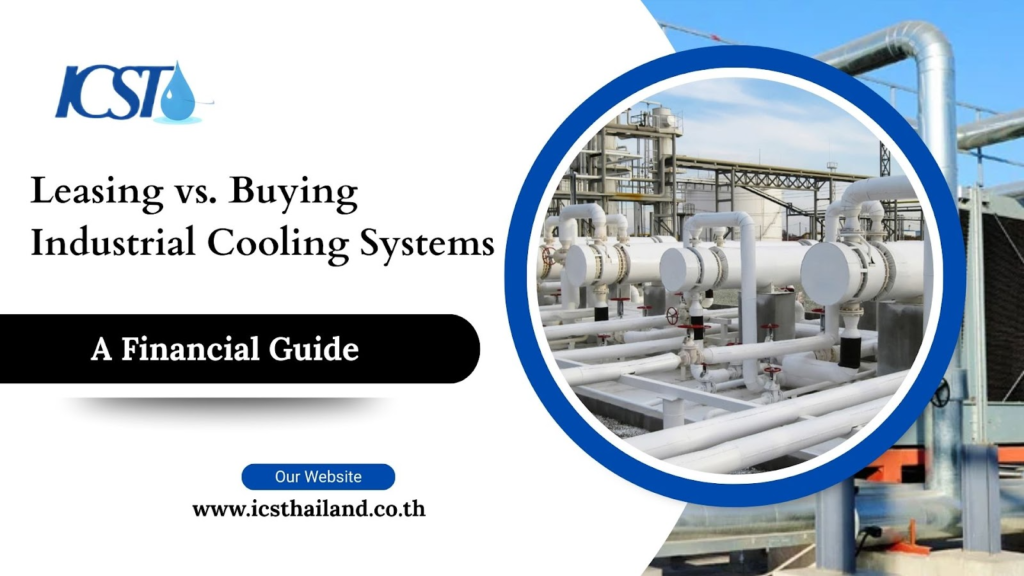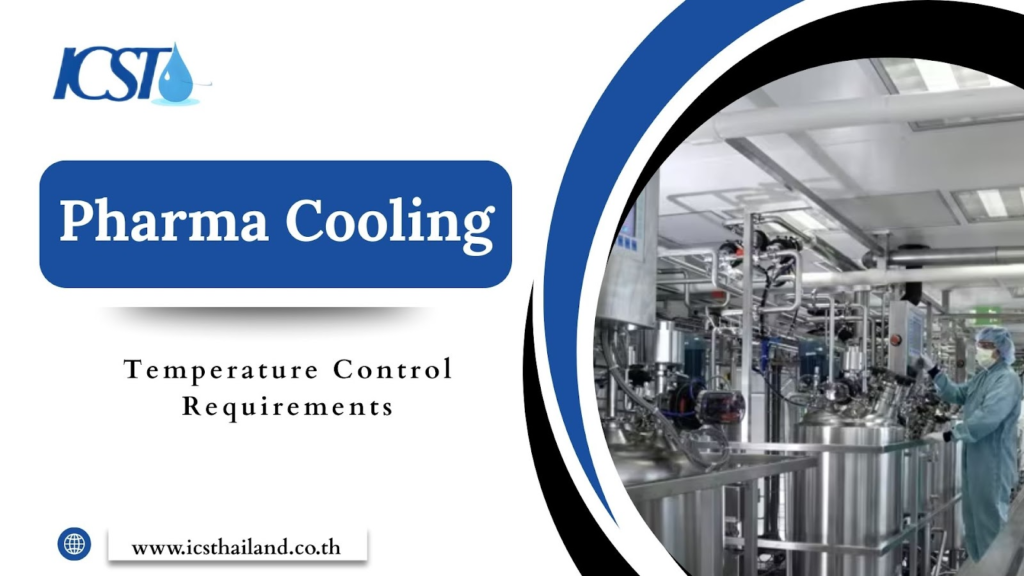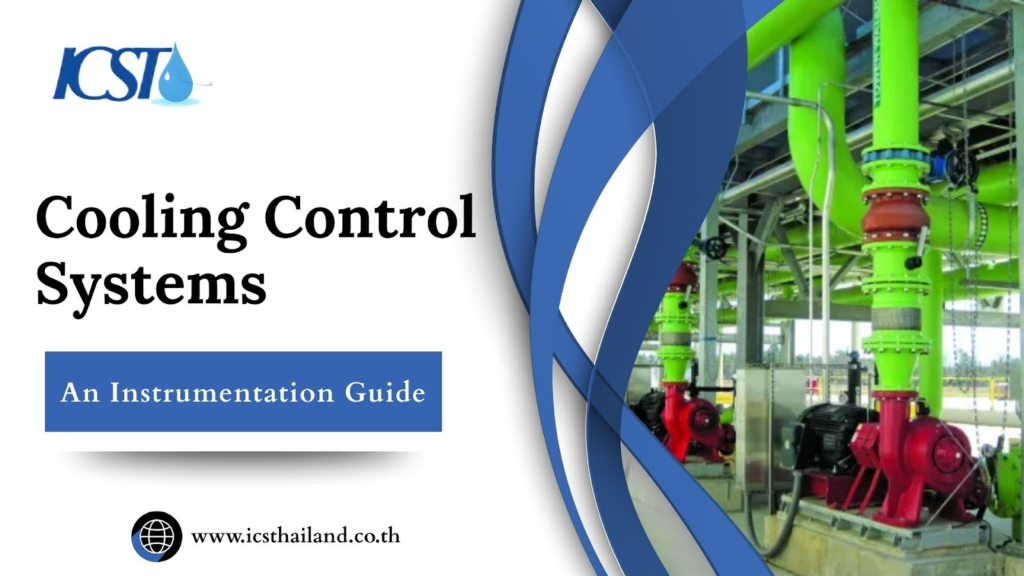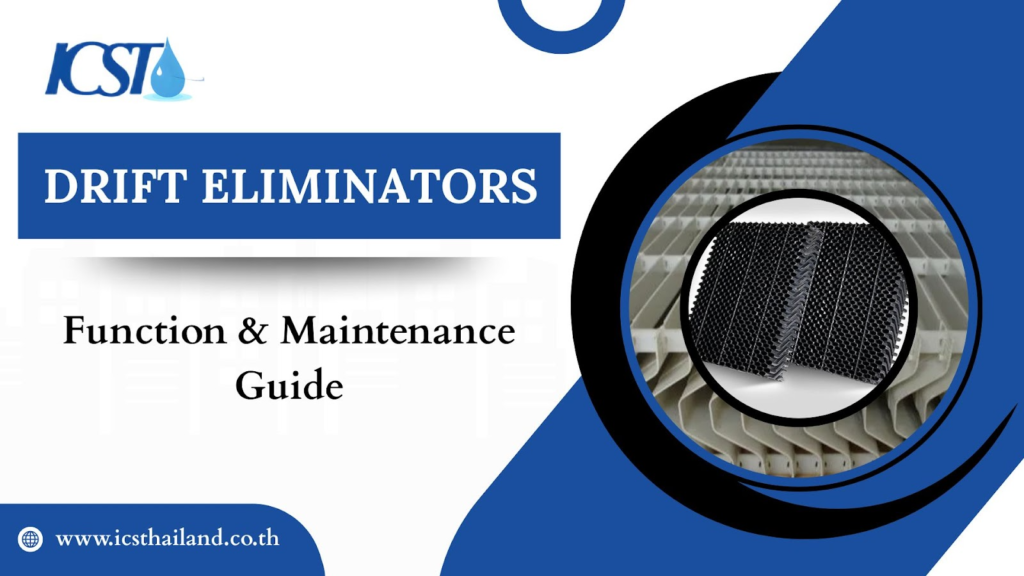Acquiring a new industrial cooling system represents a major capital investment. The decision isn’t just about technical specifications or cooling capacity; it’s a strategic financial choice that will impact your bottom line for years to come. Making the right call requires a clear understanding of how each option affects your cash flow, balance sheet, and long-term operational goals.
Unfortunately, many companies default to either leasing or buying without fully evaluating the financial implications. This oversight can lead to unexpected costs, missed tax opportunities, and a frustrating lack of flexibility as business needs evolve. A poorly planned acquisition can lock a company into an expensive and inefficient solution.
This guide offers a clear, expert-level breakdown of the financial and operational factors involved in Leasing vs. Buying Industrial Cooling Systems. By the end, you will gain the insights needed to move beyond basic cost comparisons and make a strategic decision that perfectly aligns with your business objectives.
Table of Contents
ToggleUnderstanding the Fundamentals
Before diving into a detailed comparison, it’s essential to understand the basic principles of buying and leasing. These two approaches to acquiring assets are fundamentally different in how they impact your company’s finances and operations.
What Does It Mean to Buy?
Buying involves acquiring an asset through an outright purchase, typically using cash or a traditional business loan. The key characteristic is that your company owns the asset from day one.
This classifies it as a capital expenditure (CapEx), which is documented as an asset on the balance sheet. Buying is often a good fit for well-established companies with strong cash flow and a clear, long-term need for the equipment.
What Does It Mean to Lease?
Leasing is essentially a long-term rental agreement. Your company pays a fixed monthly fee to use the cooling system for a predetermined period. The payments are typically considered an operational expense (OpEx) that appears on your income statement.
Leasing is often ideal for companies with limited upfront capital, those needing equipment for a short-term project, or businesses that prioritize financial flexibility and access to the latest technology.
The Financial Comparison: A Side-by-Side Breakdown
To make an informed decision, it’s important to compare Leasing vs. Buying Industrial Cooling Systems across key financial metrics. This side-by-side comparison outlines the core differences to help guide your choice.
| Factor | Buying (CapEx) | Leasing (OpEx) |
| Upfront Cost | High (full purchase price) | Low (first and last month’s payments) |
| Balance Sheet Impact | Asset on the balance sheet; depreciates over time | Off-balance sheet (for operating leases) |
| Tax Implications | Can deduct interest on loan; potential depreciation benefits | Lease payments are often fully tax-deductible as business expenses |
| Long-Term Cost | Lower total cost of ownership t | Higher total cost over the lease term; includes a premium for flexibility |
| Asset Control | Full ownership and control | Limited control; often has usage restrictions |
| Flexibility | Less flexible; the asset is tied to your business for its full life | Highly flexible; easy to upgrade at the end of the term |
| Equipment End-of-Life | Responsible for disposal and resale | Return equipment to the lessor; no disposal costs |
Beyond the Balance Sheet: Operational Considerations
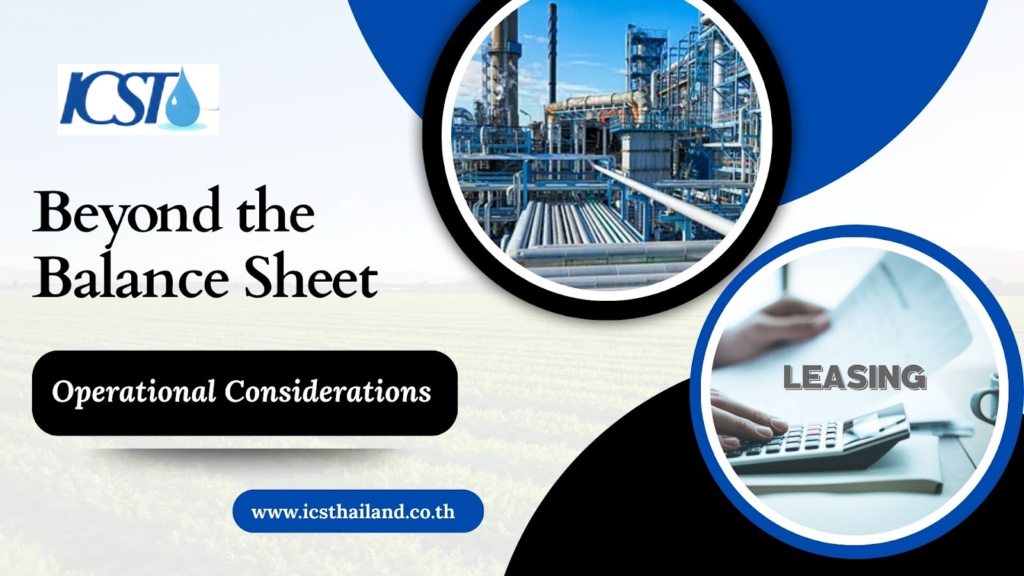
The decision to lease or buy also has significant operational implications that can affect your team’s efficiency, budget stability, and ability to stay competitive. What are some of these day-to-day impacts?
- Predictable Budgeting: Leasing offers a fixed monthly cost that simplifies financial forecasting. Operational teams can budget with greater accuracy, knowing exactly what their cooling system expenses will be each month without worrying about unexpected repair bills.
- Access to New Technology: The industrial cooling industry is constantly innovating. Leasing allows companies to regularly upgrade to the latest, most energy-efficient technology at the end of each term, keeping operational costs low and performance high without the burden of selling old equipment.
- Maintenance & Service: Many lease agreements bundle maintenance and service plans into the monthly payment. This arrangement reduces the strain on internal maintenance teams and provides predictable service costs, eliminating the financial shock of a major component failure.
- Risk Management: When you lease, the risk of equipment obsolescence or unexpected major repairs is transferred to the lessor. For risk-averse businesses, this can be a significant advantage, protecting them from the financial and operational disruption of a critical system failure.
The Decision-Making Matrix: Which Option is Right for You?
With a clear understanding of the financial and operational factors, you can now determine the best path for your company. Answering these five strategic questions will guide you to the right choice.
Question 1: What is your company’s financial position and cash flow like?
Companies with strong cash reserves and predictable revenue streams may prefer to buy. Buying outright eliminates recurring payments and often leads to a lower overall cost throughout the asset’s life. If preserving capital for other growth opportunities is a priority, leasing’s low upfront cost is more attractive.
Question 2: How long do you anticipate needing this system?
If you have a clear, long-term need for the cooling system (five years or more), buying often makes more financial sense. However, for short-term projects, temporary facilities, or seasonal demand spikes, leasing provides the flexibility to acquire equipment only for the period you need it.
Question 3: How important is financial flexibility?
Businesses that operate in dynamic markets or want to preserve their borrowing capacity should strongly consider leasing. Because lease payments are operational expenses, they keep large assets off the balance sheet, which can improve key financial ratios and make it easier to secure other forms of financing.
Question 4: Is having the most up-to-date technology a competitive advantage for you?
In industries where energy efficiency or process precision is critical, having the latest technology is a must. Leasing makes it simple and affordable to upgrade your cooling systems every few years, ensuring you always have access to the best-performing equipment available.
Question 5: How does this decision impact your tax strategy?
The tax implications of leasing versus buying can be complex and significant. When you buy, you can deduct depreciation and any loan interest. It is crucial to discuss this with your financial advisor to determine which strategy offers the greatest tax benefit for your specific situation.
Conclusion
The decision to lease or buy an industrial cooling system is a strategic one that depends entirely on your company’s unique financial position, operational goals, and risk tolerance. There is no one-size-fits-all answer. The best choice is the one that supports your long-term business strategy.
When it comes to the decision of Leasing vs. Buying Industrial Cooling Systems, ICST offers flexible solutions and expert consultation to guide you. We provide detailed, customized breakdowns of the total cost of ownership for both options, ensuring you have all the information needed to make the right choice.
Still unsure whether to lease or buy? Don’t make this critical decision alone. Contact ICS Thailand today for a customized financial and technical assessment, and let us help you find the perfect solution for your business.
Frequently Asked Questions
What’s the main difference between buying and leasing?
When you buy, your company owns the asset, and it’s a capital expense (CapEx). When you lease, you are essentially renting the equipment, and the payments are an operational expense (OpEx).
How does each option impact the balance sheet?
Buying records the system as an asset that depreciates. Leasing often allows the asset to remain off the balance sheet, potentially enhancing financial ratios.
Which option is more flexible?
Leasing is more flexible. It allows for easy upgrades to newer, more efficient technology without the burden of selling old equipment.
How do tax implications differ?
Buying allows for deductions of depreciation and loan interest. You can usually deduct lease payments as a full business expense.
Which option has a lower total cost?
Buying generally results in a lower total cost of ownership over the equipment’s lifespan, while leasing includes a premium for flexibility and lower upfront costs.
